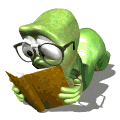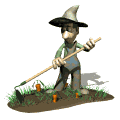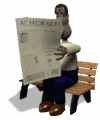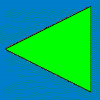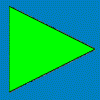The Wife of Noble Character
Comments for Study 31
Pick to read this Bible passage in a separate window.
BEFORE READING PLEASE CLICK HERE TO ANSWER THE QUESTIONS.
I. Sayings of King Lemuel (31:1-9)
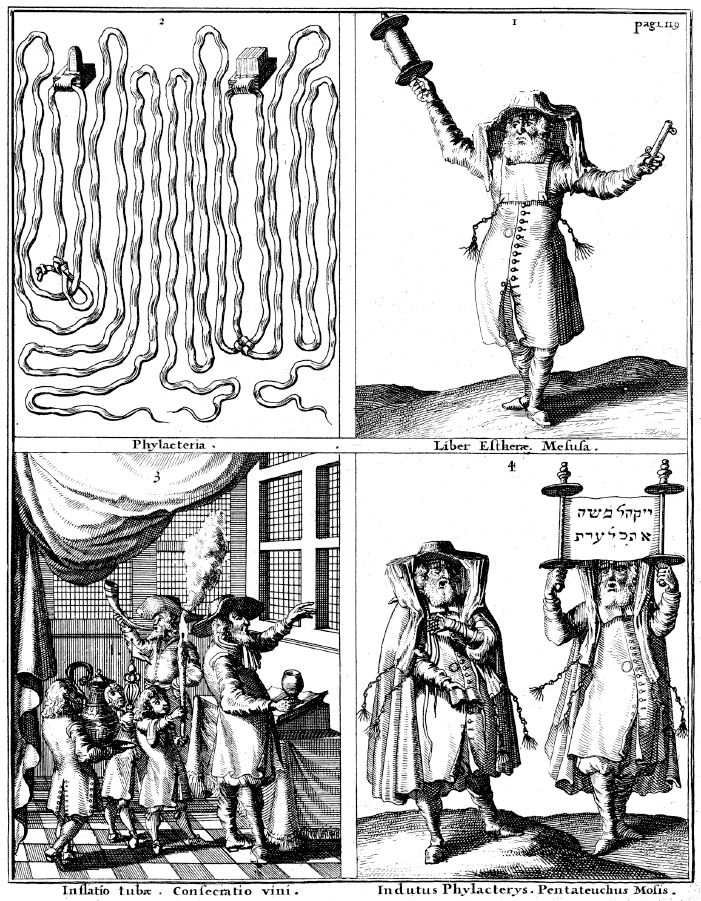
* This drawing is in a book by Leusden, Johannes (1624-1699). Four registers illustrate various Jewish devices and their ritual uses.
Register 1 in the top right-hand corner reads LIBER ESTHERAE, MEZUZA, which translates to "The book of Esther, Mezuzah." In the illustration, a man in Jewish garments raises a MEZUZAH in his right hand and holds an affixing tool in his left. A mezuzah, the Hebrew word for "doorpost," is a piece of parchment, or in this case vellum, inscribed with specific passages from the Torah and affixed to the door-frame of Jewish homes to fulfill the Biblical commandment or MITZVAH in Deuteronomy 6:9. While rabbinic MEZUZOT typically contain the Jewish prayer, SHEMA YISRAEL, this mezuzah contains passages from the book of Esther, suggesting its use in Purim festivities. The inscribed parchment or skin is rolled up and housed in a decorative case.
Register 2 in the top left-hand corner captioned PHYLACTERIA depicts phylacteries or TEFILLIN, small leather boxes that contain Hebrew texts on vellum worn by Jewish men at morning prayer as a reminder to keep the law mandated in Exodus 13:9-16 and Deuteronomy 6:8-18. One phylactery is fastened with straps on the arm (SHEL YAD or SHELZEROA) and the other is worn on the head (SHEL ROSH). Two symbolic knots, one looped to represent the letter and one in the shape of the letter , are tied in the straps.
Register 3, in the bottom left corner is an illustration with the caption INFLATIO TUBAE, "the blowing of the horn" and CONSECRATIO VINI, "the consecration of the wine," referring to the instructions in Joel 2:15-19. The instrument refers to the trumpet blown in Zion, which signals or assembles the people for a solemn fast or public worship. In a windowed room partitioned by a drawn curtain, one man recites the KIDDUSH blessing over a KIDDUSH (sanctification) cup while another sounds a ram's horn (SHOFAR). Three small children bear an ornate ritual or serving vessel, a torch, and another ritual object.
Register 4 is captioned INDUTUS PHYLACTERYS, "clothed in phylacteries," and PENTATEUCHUS MOSIS, "the Pentateuch of Moses." On the left, a man in Jewish garments wears a SHEL YAD or SHELZEROA, the phylactery that attaches to the arm. On the right, a man holds up a scroll with the Hebrew equivalent of "Moses Assembled" and other unidentifiable Hebrew phrases which possibly refer to Proverbs 31:25, which reads "She is clothed with strength and dignity." In Haggadot, "strength" is the Hebrew equivalent to "phylacteries".
Bible chapters referenced are Deuteronomy 6:8-18 (notably 9), Exodus 13:9-16, Joel 2:15-19, and Proverbs 31:25.
Courtesy of the Digital Image Archive, Pitts Theology Library, Candler School of Theology, Emory University: http://www.pitts.emory.edu.
>1.
*
*
*
*
*
*
>
*
*
*
*
*
*
>2.
*
*
*
*
*
*
>3.
*
*
*
*
*
>
*
*
*
*
*
*
II. Epilogue: The Wife of Noble Character (31:10-22)
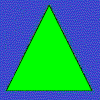
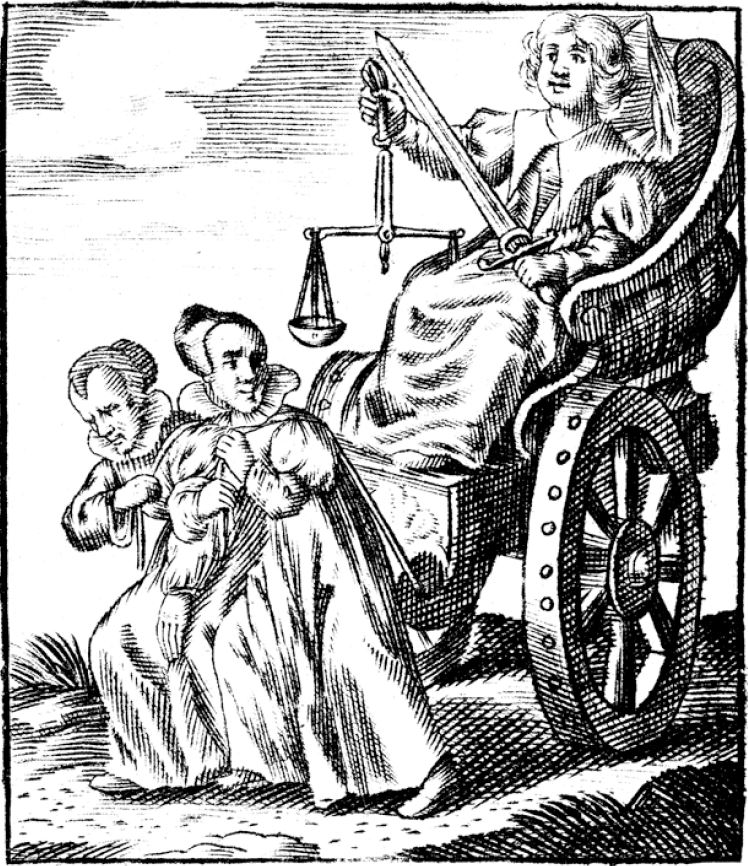
* This a drawing is in a book by Albertinus, Aegidius (1560-1620 ) is titled "The Queen's Chariot". The book's title is, "Sittlicher Geist- und weltlicher Hirnschleiffer, Das ist: Sinn- und Lehrreiche Unterweisungen in allerhand Gott- und sittlichen Ubungen, Christ-politischen Handlungen, unterschiedlichen Aemptern, und so wohl Geist- als weltlichen Regierungs-Begebenheiten, für alle hohe und niedere Stands-Personen sehr nutzlich, und annehmlich zu lesen und zu gebrauchen. : Mit vielfaltigen politischen und historischen Discursen, anmüthigen Erzehlungen, und zugleich erbaulichen zum Heil und Seeligkeit ernst befürderlichen Haupt-Reguln / fürgestellt von Aegidio Albertino Weyland Bayerischen Hoffraths-secretario ; auch mit schönen Kupffern, Sinnbildern und weitläuffigem Register geziehret".
A depiction of a queen holding a set of scales and a sword while sitting in a chair on two wheels being pulled by two noblewomen.
Courtesy of the Digital Image Archive, Pitts Theology Library, Candler School of Theology, Emory University: http://www.pitts.emory.edu.
>4.
*
*
*
*
*
>
*
*
*
*
*
*
>5.
*
*
*
*
*
>
*
*
*
*
*
*
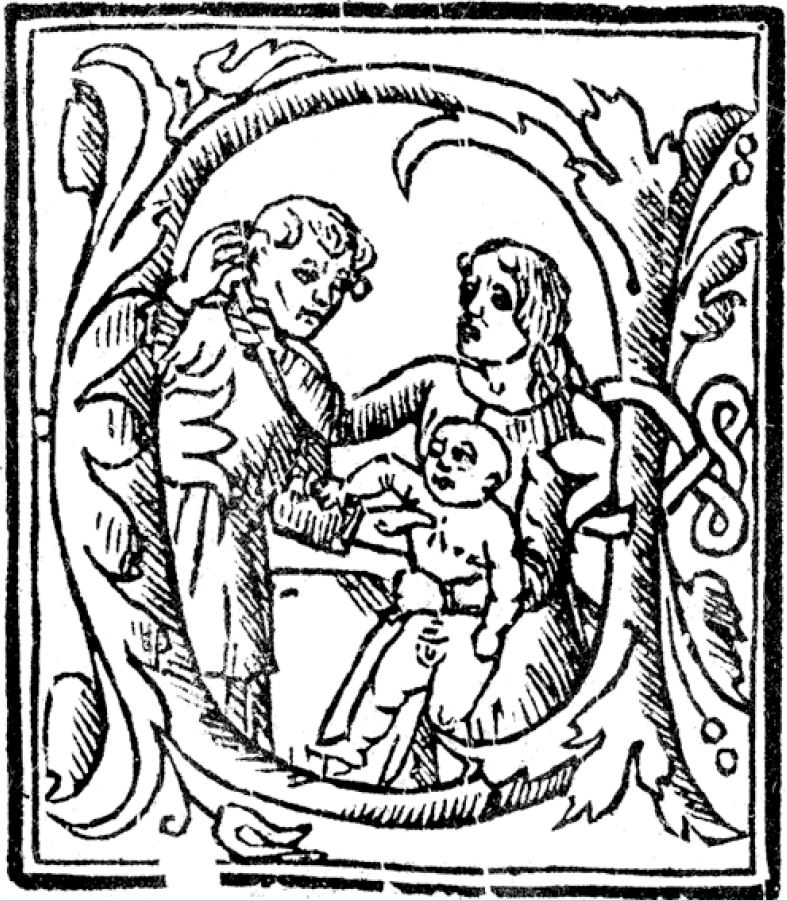
* This drawing in a 16th century Catholic Church book is titled "Initial Letter O with man, woman, and infant" with a publish year of 1521 and location of Venice Italy. The book's title is, "Missale romanu[m] nuper ad optatu[m] co[m]modu[m] quoru[m]cu[m]q[ue] sacerdotu[m] summa dilige[n]tia distinctu[m], [et] ex orthographia castigatu[m], atq[ue] ita ex nouo ordine digestu[m] vt appositis introitibus gradualibus offertoriis & co[m]munionibus" translated "The Roman Missal (A Catholic book containing the prescribed prayers, chants, and instructions for the celebration of Mass.) has recently been chosen in the same way that the priesthood is distinguished with the utmost care, and from orthography castigated (sever reprimand), and thus sorted out in a new order with gradual introductions of offerings and communions".
A woman holds her infant as a man (priest?) is about to circumcise (assumed) the infant. The woman in anguish holds the knife by the blade.
Courtesy of the Digital Image Archive, Pitts Theology Library, Candler School of Theology, Emory University: http://www.pitts.emory.edu.
>6.
*
*
*
*
*
>
*
*
*
*
*
*
>7.
*
*
*
*
*
>
*
*
*
*
*
*
III. The Wife of Noble Character Continued (31:23-3)

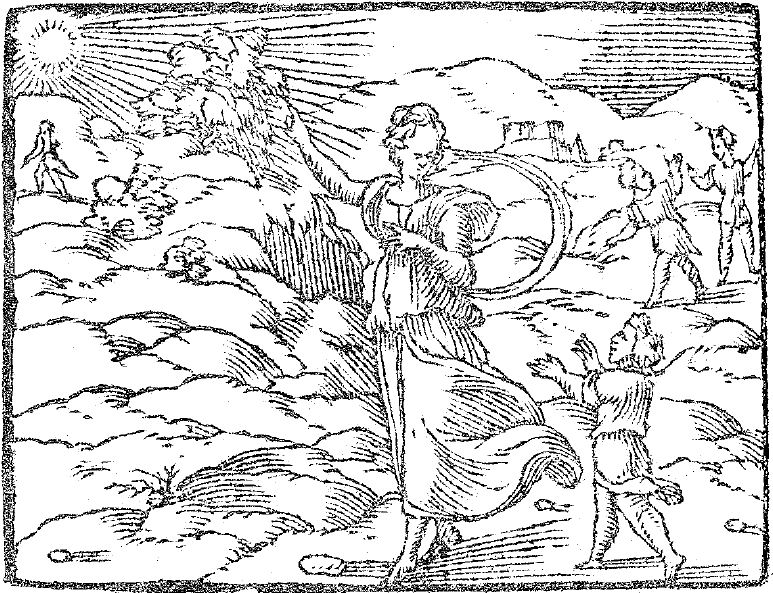
* This drawing in a book by Marot, Clement (1495?-1544) is titled "Woman and Son". The book's title is, "Traductions de Clement Marot, Vallet de Chambre du Roy : la mort n'y mord" translated, "Translations by Clement Marot, 'King's Room Valet: Death Doesn't Bite'".
A mother points to a bright light, heaven while looking down at her child. Two people behind them on the right wave as they part ways, one starting a walk to the light. Another person in the upper left is walking towards the light.
Courtesy of the Digital Image Archive, Pitts Theology Library, Candler School of Theology, Emory University: http://www.pitts.emory.edu.
>8.
*
*
*
*
*
*
>
*
*
*
*
*
*
>9.
*
*
*
*
*
>
*
*
*
*
*
*
>10.
*
*
*
*
*
>
*
*
*
*
*
*

|


